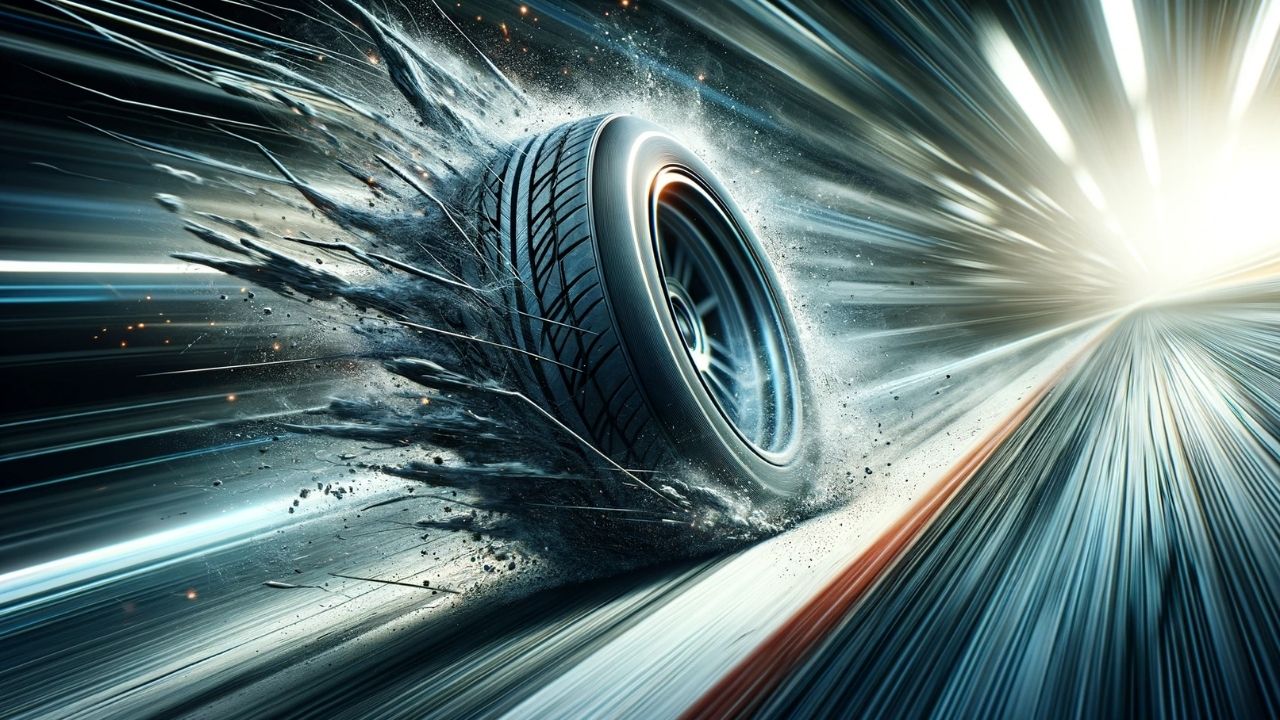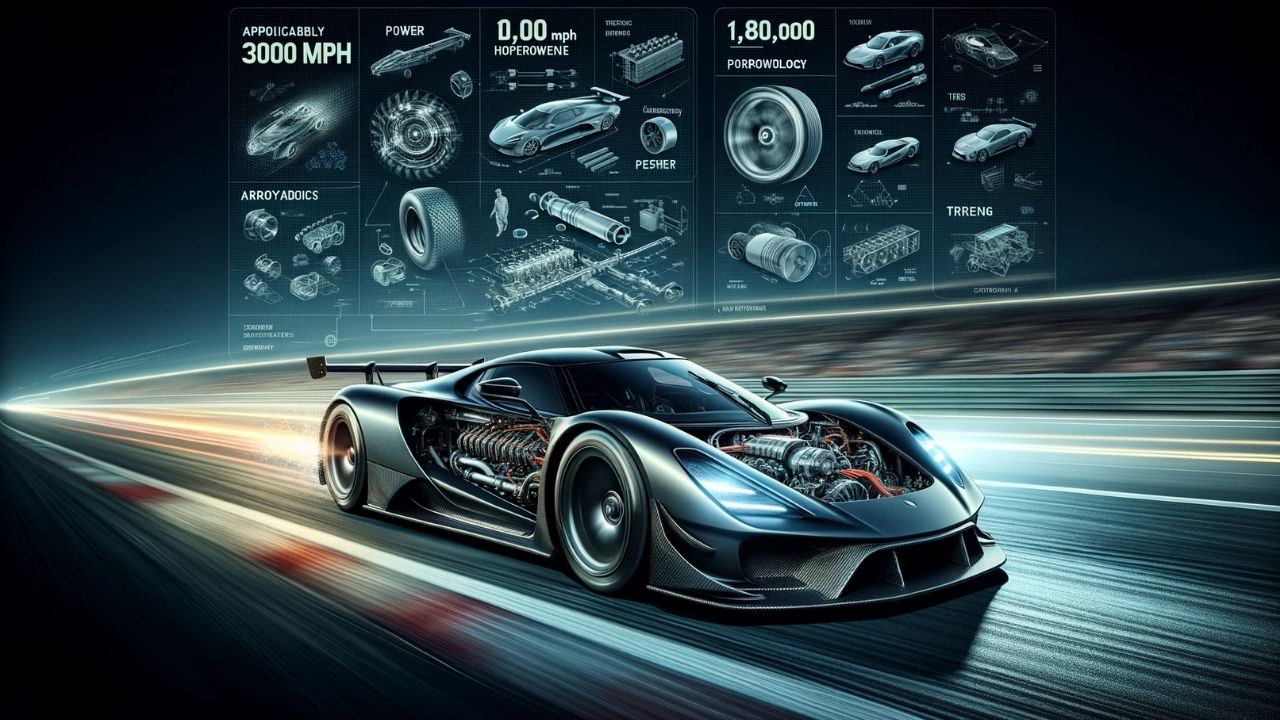For centuries, the automotive industry has aimed to make the impossible possible by pushing the speed limits. However, there are hesitations about reaching record speeds of 300 mph. Let’s discover together what lies behind this situation.
For over a century, the automotive world has aimed to push boundaries and achieve the impossible. In this journey; Like 100, 200 or even 250 mph turning pointAlthough speeds of up to 100,000 mph have been achieved, car manufacturers have reached 300 mph (approximately 482km/h) does not prefer to produce vehicles that exceed the speed limit.
So how is it that, despite the advancement of technology, companies still maintain a speed of 300 mph? does not exceed the limit? Let’s examine it together.
Aerodynamic drag stands out as a significant obstacle.
As speed increases, cars face weather resistance also increases in proportion to the square. This means almost doubling the energy required, especially when accelerating from 200 mph to 300 mph. Because at high speeds, there is almost a barrier in front of the vehicle. weather wall is formed. The power required to overcome this air wall requires the engine to produce much more energy. This situation necessitates both increasing the engine power of the vehicle and improving its aerodynamic design. u
The stress level of tires is rising.

At extraordinary speeds such as 300 mph, the load falling on the tires and amount of stress reaches incredible levels. For example, at this speed, the tearing force acting on the tires can be around 7 tons. This shows that tires must be able to handle not only fast turns but also extreme wear at high speeds.
High rates of cooling are required.

Reaching an extraordinary speed of 300 mph not only requires extraordinary engine power, but also always It also requires effective cooling of an engine that can provide A huge power output of approximately 1,800 horsepower allows the engine to to warm up It produces intense energy and heat that can cause Advanced cooling systems are required to manage this heat and maintain the engine’s optimum performance. However, for these systems to work effectively, additional air inlets and outlets are required, which can increase the aerodynamic drag of the vehicle. Therefore, engineers are forced to develop innovative design solutions that will cool the engine while maintaining the aerodynamic efficiency of the vehicle.
After all, breaking the 300 mph speed limit isn’t just about a powerful engine; It also requires the development of the vehicle’s aerodynamic structure, tire technology and cooling systems to suit these speeds. This is for vehicle manufacturers costs requires increasing engineering and reaching these speeds meaning It is not preferred because it does not exist.
You can take a look at our other content that may interest you:
RELATED NEWS
What are the features that make Tesla vehicles so safe? Here are the precautions that will make you say “They even thought of this”
RELATED NEWS
